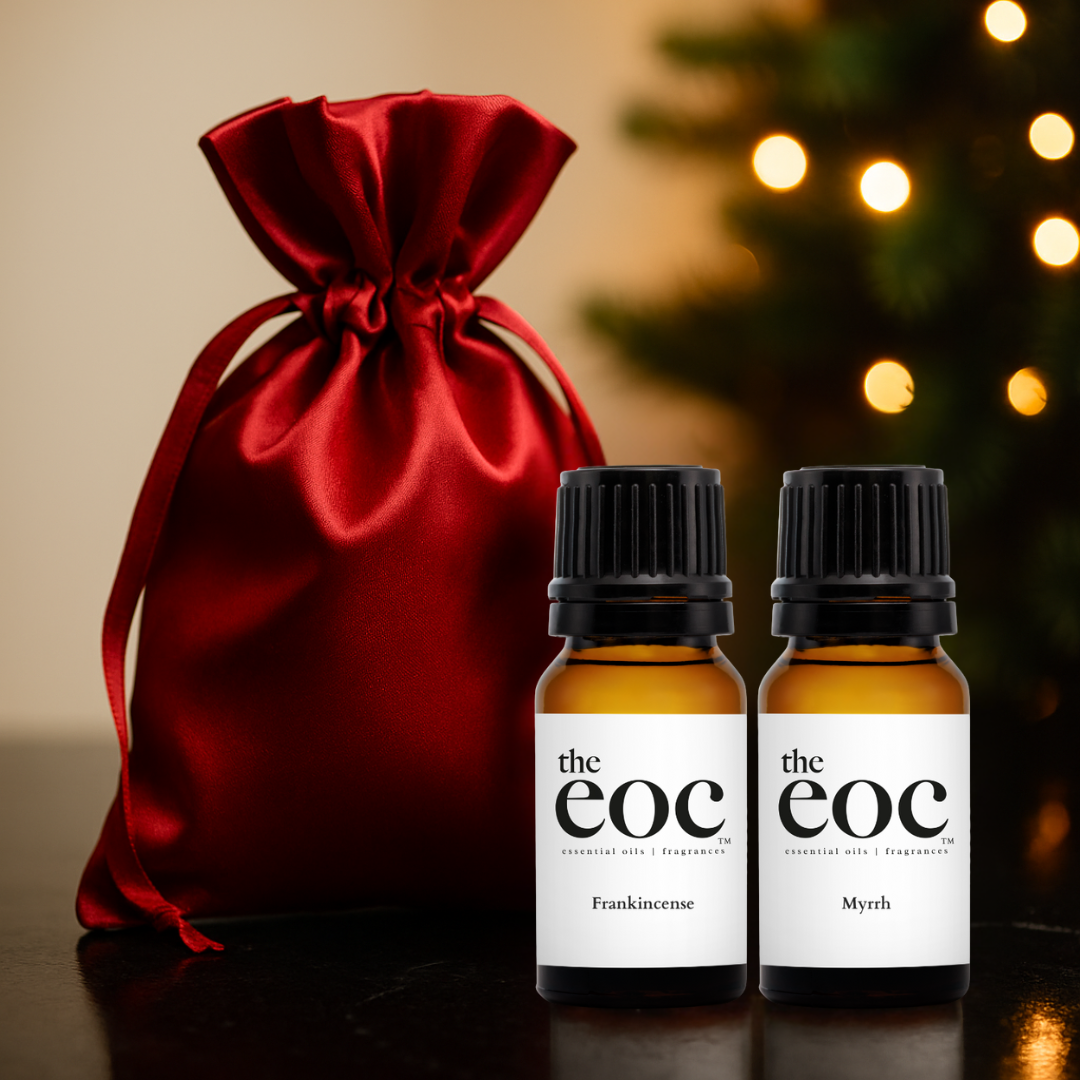Soapmaking may seem like a complicated endeavor that requires lots of special equipment and ingredients but getting started is much simpler than that! With a few basic supplies and quality ingredients, you can be making your own handmade soap in no time. Start with the basics and add to your inventory over time as you try new recipes and techniques.
We’ve put together a Soapmaker’s Starter Kit and guide below to help get you started.
Supplies
| Large Bowls (stainless steel or glass) | Small Bowls or Jars |
| Medium to Large bowls (heat safe) | Large Pot or Double Boiler |
| Immersion Blender | Plastic Spoons or Rubber Spatula |
| Soap Safe Molds | Pipettes or Droppers (optional) |
Soapmaking involves lots of mixing so you’re going to need bowls or containers in a few different sizes. Small bowls or jars are great for mixing aroma blends and colorants. A pipette or dropper is useful here for accurately measuring small amounts for your fragrance blend. You can have everything measured and mixed, so it is easy to grab and add while your soap is at trace, a time when you need to work quickly. Large bowls are needed for melting and mixing the oils. Stainless steel or a sturdy heat safe glass can be used. This is the bowl that will sit on the pot of boiling water to gently melt the oils before mixing. You could also use a two-piece double boiler for this if making smaller batches. The lye solution will also need its own container for mixing. These should be heat safe glass or plastic. Lye can react with some metals, so it is best to avoid metal bowls for this step.
To further facilitate your mixing, use an immersion stick blender. It blends the oils and lye together quickly and efficiently and can be used in almost any size container. A plastic spoon or rubber spatula is great for more gentle stirring, like adding fragrances and swirling colorants. They also help to get all of the soap mixture out of the bowl and smoothed into molds. Molds are the last important piece of soap making equipment. They should be heat and soap safe and be able to be thoroughly cleaned. Silicone molds are great because they are heat resistant and flexible enough to make demolding easier.

Ingredients
| Oils | Sodium Hydroxide Lye |
| Distilled Water | Essential Oils (optional) |
| Fragrance Oils (optional) | Colorants (optional) |
Deciding which oils to use for your soap recipe is one of the first big decisions you get to make as a soapmaker. There are many different kinds of oils that can be used to make soap and they can be combined in countless ways. Decide what qualities you want your finished bar of soap to have and research which oils will contribute to those qualities. A good place to start is a 30/30/30/10 oil ratio. 30% each of coconut oil, olive oil, and palm oil make a firm but gentle bar of soap with a good lather. The last 10% is where you can add something special. We love shea butter here for its smoothness and skin loving qualities. Sodium hydroxide lye is what combines with the oils to make solid soap. Lye comes in flakes, pellets, or powder. Always store lye in clearly marked containers and out of reach of children and anyone unfamiliar with its use. Distilled water is preferred for mixing your lye solution. Lye may react with impurities in water and using distilled helps ensure a nice, clear lye mixture.
If you plan to scent your soap, you will need essential oils or fragrance oils or a combination of the two. Using essential oils for soap making provides a natural way to add your favorite fragrances as well as a multitude of amazing health and beauty benefits to your soap. You may also want to add color to your soap using liquid colorants or clays and micas for a more natural approach.
Safety Gear
| Gloves | Surgical or Dust Masks |
| Safety Glasses or Goggles | Apron (optional) |

Safe soap making requires a few pieces of safety gear. Gloves protect your hands from lye and hot oils. Safety glasses or goggles keep your eyes safe from stray splashes and drops. A surgical mask or dust mask can help you avoid breathing lye fumes as well as any airborne particles from powder colorants or additives. You may also want to wear an apron to protect your clothes from oil stains and colorants or have a few designated pieces of soap making clothing if an apron isn’t for you.
Here is a simple soap recipe for beginners:
Ingredients
- 28 ounces of Oils
- 8.4 ounces Olive Oil
- 8.4 ounces Coconut Oil
- 8.4 ounces Palm Oil
- 2.8 ounces Shea Butter
- 12 ounces of Lye Solution
- 8 ounces Distilled Water
- 4 ounces Sodium Hydroxide Lye
- 2 ounces of Essential Oils and/or Fragrance Oils
Instructions
- Weigh and combine your essential oils, then set them aside.
- Weigh each vegetable oil and combine them in a large bowl. Place the bowl on top of a large pot about ⅓ full of water. Bring the water to a boil. Heat the oils until fully melted and blended, stirring occasionally.
- While your oils are melting, weigh out the lye and water in two separate bowls. Slowly add the lye to the water while gently stirring until the lye is fully dissolved and the liquid is clear.
- Let your oils and lye mixture both cool to 120 degrees or below, ensuring that they are within 10 degrees of each other.
- Place your immersion blender into the oils, tapping it on the bottom of the bowl to release any air bubbles.
- Slowly and gently pour your lye water into your oil mixture. You can pour down the side of your bowl or down the shaft of your immersion blender to reduce the chance of splashing.
- Pulse your blender a few times, watching as the oils and lye start to combine. Switch between short pulses and stirring with the blender until the mixture comes together to a light trace.
- Working quickly, stir (do not blend) in the essential oil or fragrance oil blend.
- Once your soap reaches about a medium trace, pour it into your mold, scraping the bowl to ensure no soap is left behind. Tap the molds on your table or counter to release any trapped air bubbles.
- Cover the mold and allow the soap to sit in the molds for 48-72 hours at room temperature. Unmold soap, cut into bars, and allow to cure for 4-6 weeks.
You may also enjoy:











